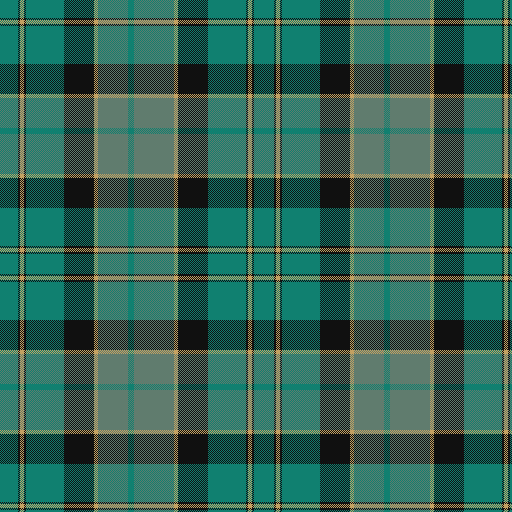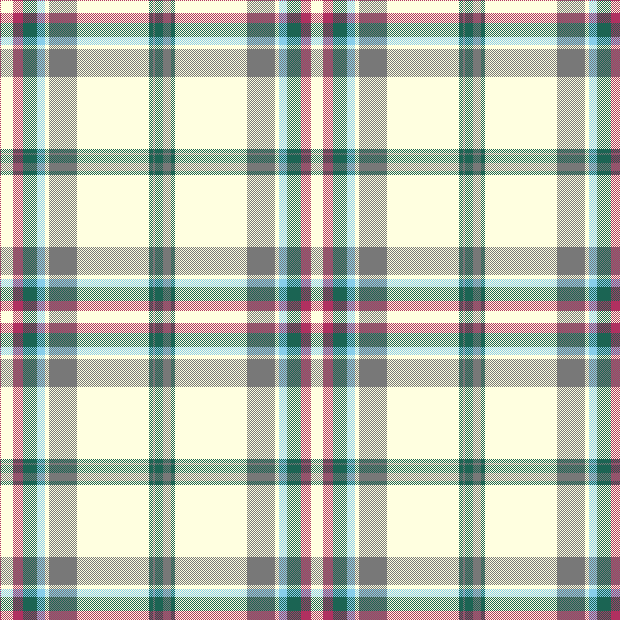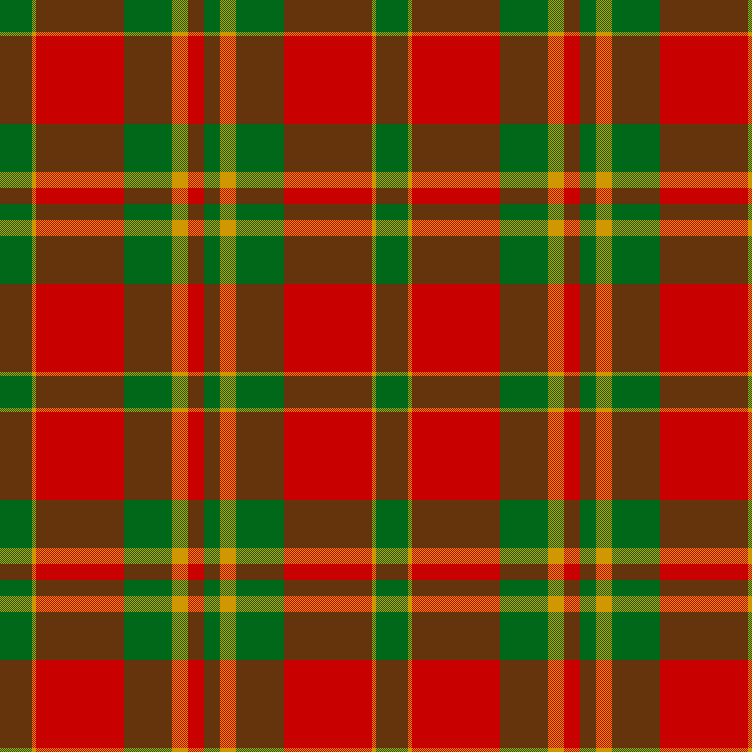<?php
namespace printf;
function pre_print_r($string)
{
echo("<pre>\n");
print_r($string);
echo("\n</pre>\n");
}
<?php
namespace tree;
function get_full_paths(
$node, $skip_root=False, $path=array(), $paths=array(), $depth=0)
{
if ($depth > 0 || !$skip_root)
{
$path[] = $node->content;
}
if (isset($node->children))
{
foreach ($node->children as $child)
{
$paths = get_full_paths($child, $skip_root, $path, $paths, $depth + 1);
}
}
if (!isset($node->children))
{
$paths[] = $path;
}
return $paths;
}
<?php
namespace tree;
class Node
{
public function __construct($content)
{
$this->content = $content;
}
}
<?php
namespace tree;
require_once "Node.php";
function array_to_tree($array, $root=null)
{
if (is_null($root))
{
$root = new Node($array[0]);
array_splice($array, 0, 1);
}
for ($ii = 0; $ii < count($array); $ii++)
{
$child = new Node($array[$ii]);
$root->children[] = $child;
if ($ii < count($array) - 1)
{
array_to_tree(array_slice($array, $ii+1), $child);
}
}
return $root;
}
<?php
namespace tree;
function get_paths_terminating_at_root(
$node, $length=null, $path=array(), $depth=0, $paths=array())
{
$path[] = $node->content;
if (isset($node->children))
{
foreach ($node->children as $child)
{
$paths = get_paths_terminating_at_root(
$child, $length, $path, $depth + 1, $paths);
if ($depth == 0)
{
$paths = get_paths_terminating_at_root(
$child, $length, array(), $depth + 1, $paths);
}
}
}
if (!isset($node->children))
{
if (is_null($length) || count($path) == $length)
{
$paths[] = $path;
}
}
rsort($paths);
return $paths;
}
<?php
namespace tree;
require_once "Node.php";
function matrix_to_tree($matrix, $root=null, $ii=0)
{
if (is_null($root))
{
$root = new Node("Root");
}
foreach ($matrix[$ii] as $ancestor)
{
$child = new Node($ancestor);
$root->children[] = $child;
if ($ii < count($matrix) - 1)
{
matrix_to_tree($matrix, $child, $ii + 1);
}
}
return $root;
}
<?php
namespace tree;
require_once "Node.php";
function string_to_tree($str, $root=null)
{
if (is_null($root))
{
$root = new Node($str[0]);
$str = substr($str, 1);
}
for ($ii = 0; $ii < strlen($str); $ii++)
{
$child = new Node($str[$ii]);
$root->children[] = $child;
if ($ii < strlen($str) - 1)
{
string_to_tree(substr($str, $ii+1), $child);
}
}
return $root;
}
<?php
class Node implements Iterator
{
public $_value = null;
public $_next = null;
private $_junctions = array();
private $_retreating = False;
private $_current;
public function __construct($value)
{
$this->_value = $value;
$this->_current = $this;
}
public function __toString()
{
return is_object($this->_value) ? "<Object>" : (string) $this->_value;
}
final public function key() { return sizeof($this->_junctions); }
final public function current() { return $this->_current; }
final public function valid() { return $this->_current == True; }
final public function rewind()
{
$this->_current = $this;
$this->_junctions = array();
$this->_retreating = False;
}
final public function next()
{
while ($this->_current)
{
if (is_object($this->_current->_value) && !$this->_retreating)
{
array_push($this->_junctions, $this->_current);
$this->_current = $this->_current->_value;
return;
}
if ($this->_current->_next)
{
$this->_current = $this->_current->_next;
$this->_retreating = False;
return;
}
$this->_current = array_pop($this->_junctions);
$this->_retreating = True;
}
}
final public function count()
{
return ((is_object($this->_value)) ? $this->_value->count() : 0) +
(($this->_next) ? $this->_next->count() : 0) + 1;
}
final public function measure_depth()
{
$current = $this;
while ($current)
{
if (is_object($current->_value))
{
$nodes[] = 1 + $current->_value->measure_depth();
}
$current = $current->_next;
}
return ($nodes) ? max($nodes) : 1;
}
public function adopt($new, $unique, $offset=0, $additional_unique_field="")
{
if ($unique)
{
if ($this->replace_child($new, $offset, $additional_unique_field))
{
return;
}
}
$this->insert_child($new);
}
private function replace_child($new, $offset=0, $additional_field="")
{
$current_offset = 0;
$current = $this->_value;
while ($current && $next = $current->_next)
{
$fields = array("_name", $additional_field);
if ($this->match_fields($next, $new, $fields))
{
if ($current_offset++ == $offset)
{
$new->_next = $next->_next;
$current->_next = $new;
return True;
}
}
$current = $current->_next;
}
return False;
}
private function match_fields($current, $new, $fields)
{
if (!is_array($fields)) $fields = array($fields);
foreach ($fields as $field)
{
if ($field && $current->$field != $new->$field)
{
return False;
}
}
return True;
}
private function insert_child($new)
{
if ($this->check_for_static_data())
{
echo "Can't adopt $new, static data exists in parent\n";
return;
}
if (is_null($this->_value))
{
$this->_value = $new;
return;
}
$current = $this->_value;
while ($current->_next && $current = $current->_next);
$current->_next = $new;
}
private function check_for_static_data()
{
if ($this->_value && !is_object($this->_value))
{
return True;
}
return False;
}
public function remove_child($name, $offset=0)
{
$previous = null;
$current = $this->_value;
$current_offset = 0;
while ($current)
{
if ($current->_name == $name)
{
if ($offset == $current_offset++)
{
$this->delete_node($current, $previous);
return True;
}
}
$previous = $current;
$current = $current->_next;
}
return False;
}
private function delete_node($node, $previous=null)
{
if (!$previous)
{
$this->_value = $node->_next;
return;
}
$previous->_next = $node->_next;
}
public function search(
$token, $recursive=False, $match_by_class=False, $offset=null,
$include_root=True, $depth=0, $current_offset=0, $matches=array())
{
if ($include_root || $depth > 0)
{
$this->add_match(
$token, $matches, $match_by_class, $offset, $current_offset);
}
if (is_object($this->_value) && ($recursive || $depth == 0))
{
$matches = $this->_value->search(
$token, $recursive, $match_by_class, $offset, $include_root, $depth+1,
0, $matches);
}
if ($depth > 0 && $this->_next)
{
$matches = $this->_next->search(
$token, $recursive, $match_by_class, $offset, $include_root, $depth,
$current_offset, $matches);
}
return is_array($matches) && sizeof($matches) == 1 ? $matches[0] : $matches;
}
private function add_match(
$token, &$matches, $match_by_class, $offset, &$current_offset)
{
$match = $this->inspect_token($token, $match_by_class);
if (!is_null($match))
{
$current_offset++;
if (is_null($offset) || $offset == $current_offset)
{
if (!is_array($matches))
{
$matches = array($matches);
}
$matches[] = $match;
}
}
}
protected function find_next_capable_sibling($method)
{
$match = method_exists($this, $method) ? $this : null;
if (!$match)
{
if ($this->_next)
{
$match = $this->_next->find_next_capable_sibling($method);
}
}
return $match;
}
public function find_next_particular_sibling($class_name)
{
$match = $this instanceof $class_name ? $this : null;
if (!$match)
{
if ($this->_next)
{
$match = $this->_next->find_next_particular_sibling($class_name);
}
}
return $match;
}
}








